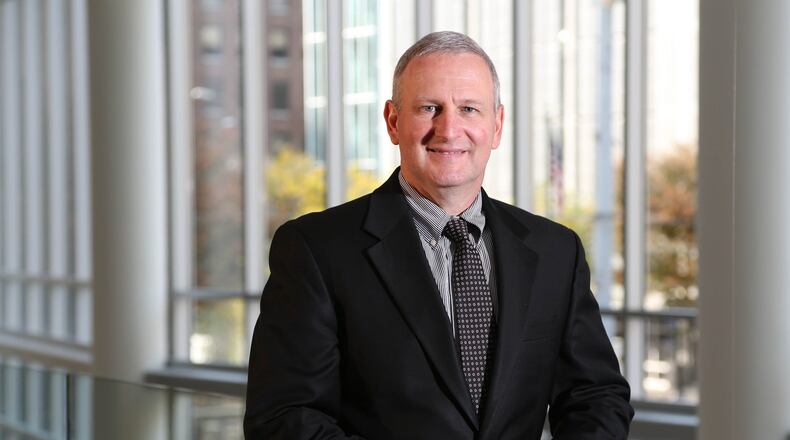It’s 20,000-member Medicare business is comparatively small to its Medicaid business, which has more than 1.8 million members in Ohio and four other states. In its first year of coverage, CareSource said it had a $6 million underwriting loss for its Medicare line in 2017.
Public records with the Ohio Department of Insurance state that CareSource reported a much larger loss for its Medicare line. CareSource officials said the number was wrong due to a filing error and is working with the state to correct the report.
Steve Ringel, Caresource Ohio Market president, said it takes years for a Medicare Advantage business to mature and the company looks at its Medicare business as a product with a five-year launch period.
“We have a long-term commitment to this product,”Ringel said
Medicare Advantage plans like CareSource’s are plans managed by private insurance companies, which get paid by the federal government a flat monthly amount per member. The insurers keep what they don’t spend on health care.
Allan Baumgarten, a Minnesota-based consultant who researches Ohio insurers, said Medicare Advantage plans can be particularly profitable if a company can demonstrate their members have a high risk of needing to use a lot of health care services, which prompts the government to pay the insurer more per member per month.
MORE: What CareSource’s leadership change means to Dayton
Medicare Advantage startups like CareSource often have a harder time than established insurance plans at using data to prove they have a risky population and should be paid more per month, he said.
“United and Humana are very skillful at analyzing all the data so they can demonstrate they are treating a sicker population,” he said. “It can be a disadvantage to newcomers if they don’t have that systematic way of analyzing to make the case of a sicker population.”
Ringel said the first year the insurance company didn’t have any data from past years to predict how much health care services its members might use and it takes several years to get the experience to get the right payments.
“So that’s a startup cost, if you will,” he said.
Out of CareSource’s 20,000 Medicare members, about 2,500 of those members have a typical Medicare Advantage plan and 17,500 are part of a demo project in northeast Ohio for those dually eligible for Medicare and Medicaid. Ringel says CareSource’s Medicare business is a good fit for its Medicaid members as they hit 65 years old or otherwise become dually eligible. He said he sees dual-eligible plans as a significant part of its Medicare business going forward.
The percent of those on Medicare that choose private plans is predicted to grow to 50 or 60 percent, according to Baumgarten. The Medicare Advantage market has grown competitive as eager insurers seek to attract those enrollees.
“There’s a sense that there’s a lot of opportunity for new enrollment,” Baumgarten said.
The private plans draw new members with extra benefits like vision, dental and fitness and they can save some consumers money compared to original Medicare.
Going forward, Ringel said CareSource is working to expand the providers its Medicare plan is in-network with and working on a deal with an Ohio provider that could be announced around Nov. 1.
MORE: Miami Valley Hospital searching for new president
CareSource is also looking at expanding the supplemental benefits to cover not just extras like dental and fitness but also benefits that help with the activities of daily living, like benefits that pay for help fixing meals at home or transpiration services to get to the grocery store.
“Society in general is trying to figure out ways to help people stay in their homes longer,” Ringel said. “So you are going to see this continued push because its cheaper, people are happier and typically they get better quality outcomes by staying at their homes.”
CareSource Facts & Figures
2,500: Traditional Medicare members
17,500: Members dually eligible for Medicare and Medicaid
$8.8 billion: 2017 gross revenue
About the Author
